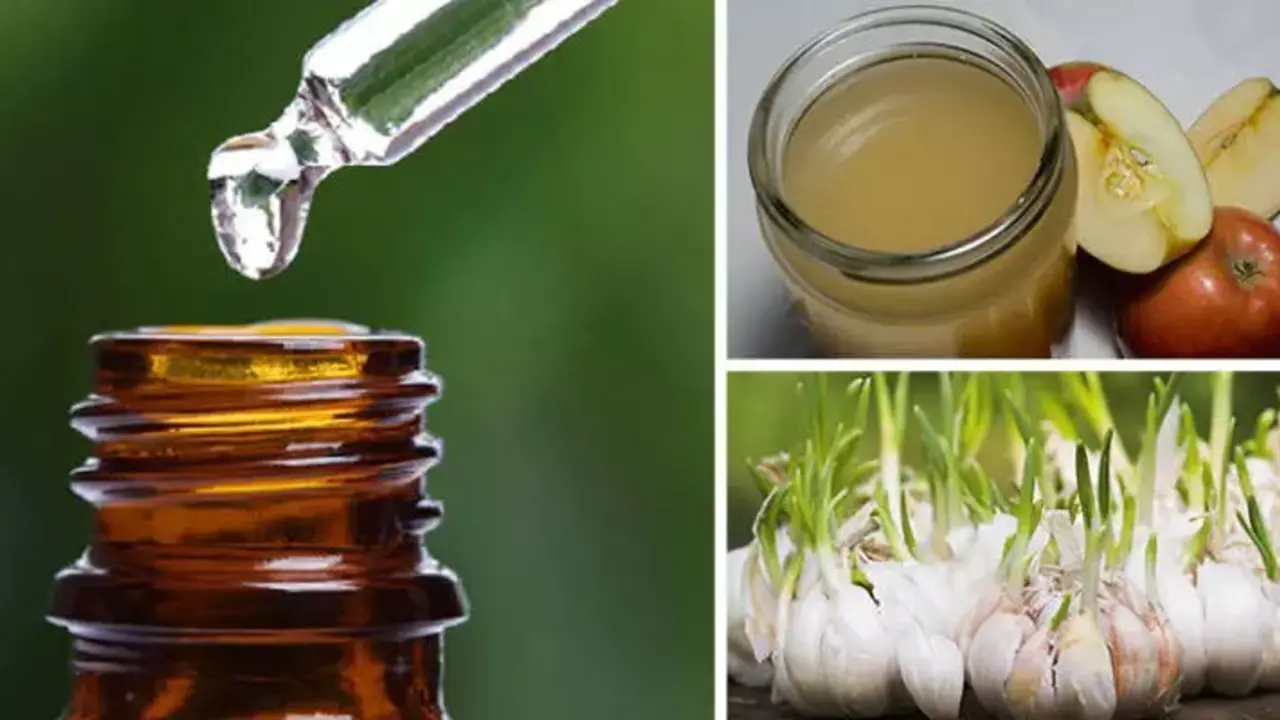Butenafine: Your Go-To Antifungal Cream for Skin Infections
If you’re dealing with itchy, flaky, or inflamed skin caused by fungus, butenafine might be the solution. Butenafine is a topical antifungal medication often prescribed for conditions like athlete’s foot, ringworm, and jock itch. It works by stopping the growth of fungal cells, helping your skin heal faster without the discomfort.
One great thing about butenafine is that it’s easy to apply and generally starts showing improvement within a week. However, the full treatment usually lasts a bit longer to make sure the infection is completely gone — typically about 2 to 4 weeks depending on the severity. It’s important to follow the instructions exactly and not stop treatment early even if symptoms fade.
When and How to Use Butenafine
Before applying, clean and dry the affected area well. A thin layer of butenafine cream or gel goes on the skin once or twice daily, depending on your doctor’s advice. Avoid covering the treated spot tightly unless directed because your skin needs to breathe. Also, wash your hands before and after application to prevent spreading the fungus.
Butenafine isn’t just for athletes. Anyone with a fungal skin infection can benefit from it, whether it’s caused by damp shoes, sweat, or contact with someone else who’s infected. If you notice no improvement after 2 weeks or the infection worsens, it’s time to check in with your healthcare provider.
Things to Keep in Mind While Using Butenafine
While side effects are usually mild, some people may experience redness, burning sensation, or irritation where the cream is applied. If you get a rash, severe itching, or swelling, stop using it and seek medical help.
Also, don’t use butenafine on broken skin, open wounds, or in the eyes. It’s meant only for external use. Pregnant or breastfeeding women should ask a doctor before using it to ensure it’s safe.
Keeping the infected area clean and dry helps the medication do its job better. Wear breathable shoes and change socks regularly if you’re treating foot infections. These simple habits reduce the chance of reinfection.
Bottom line? Butenafine is a trusted, effective option for treating common fungal skin infections. When used right, it can get you back to feeling comfortable and confident in no time.
Natural alternatives to butenafine: do they work?
- Elliot Grove
- on Jul 1 2023
- 5 Comments
I've delved into the fascinating world of natural alternatives to butenafine, a common antifungal medication. From my research, it appears that several natural substances, such as tea tree oil and garlic, have demonstrated antifungal properties. However, there's a catch - while these alternatives may work, they often don't match the potency of butenafine. This means they may take longer to provide relief, and in some cases, may not be effective against severe fungal infections. Always consult your healthcare provider before switching to natural alternatives.

